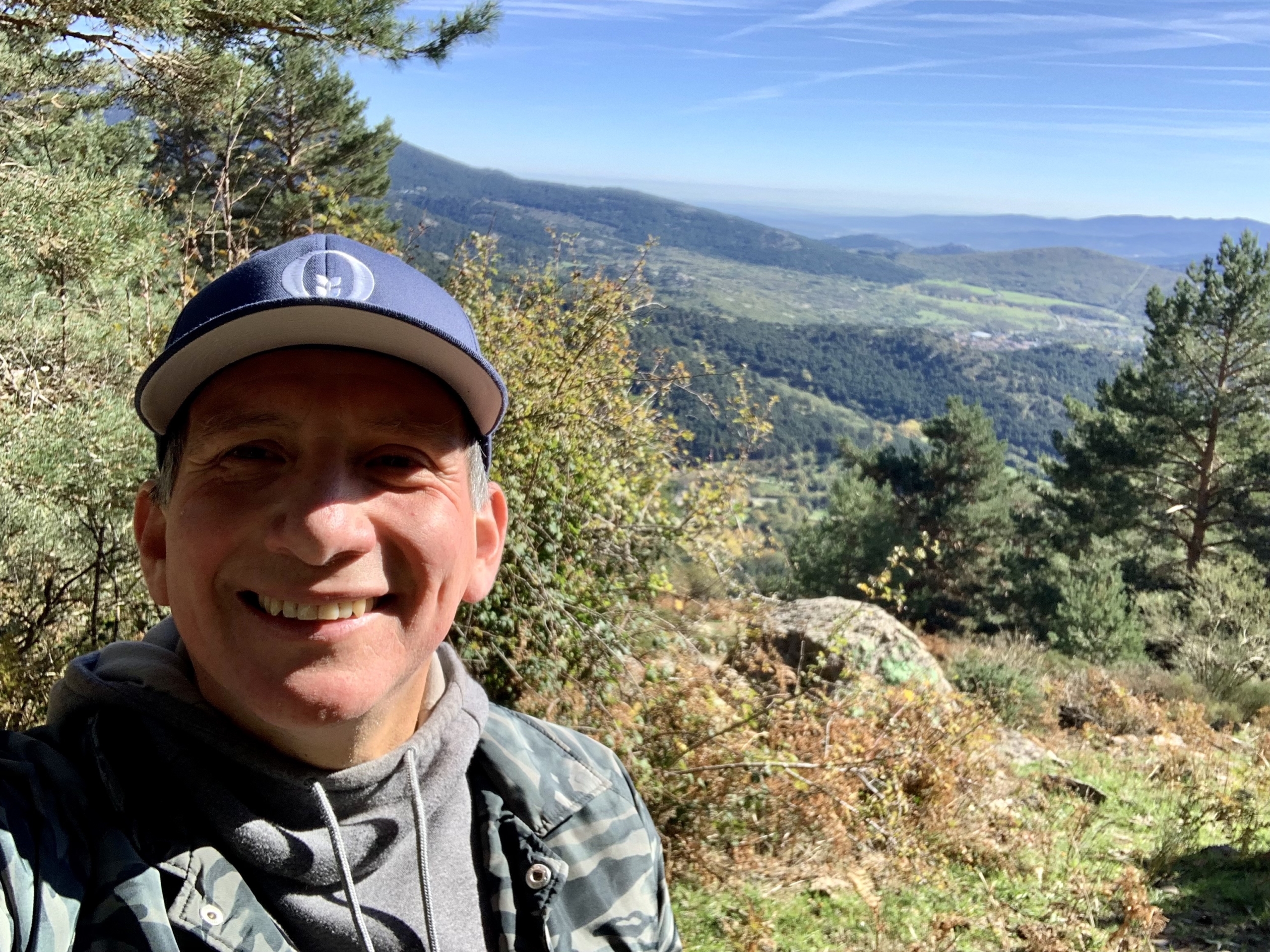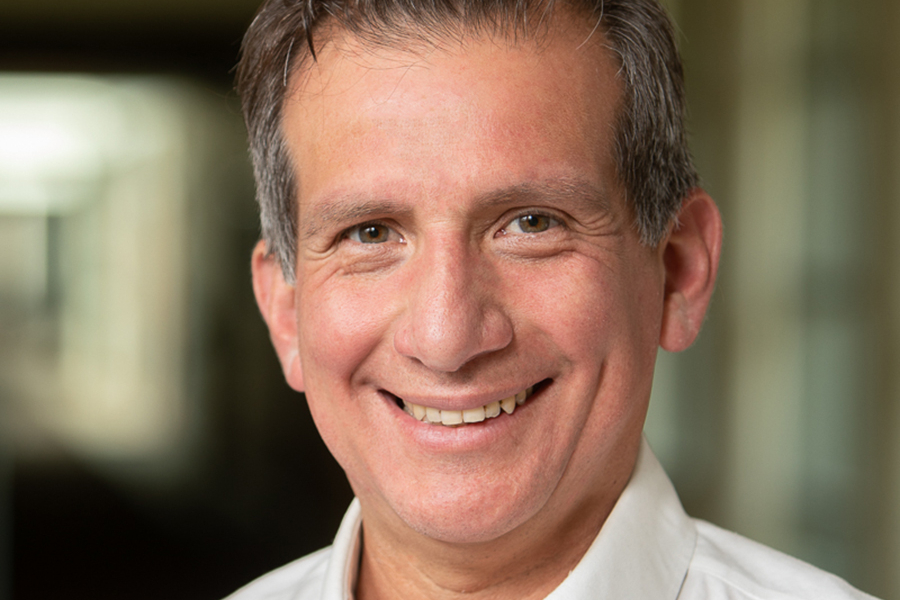This is the first in our new series, People Matters, featuring interviews with HR and L&D leaders on the talent development market, their pain points, and how solution builders can best serve these needs.
Key Takeaways:
- The role of L&D is to orchestrate different business units and functions so they are in sync. As such, the best L&D tools offer more than just point solutions; they help deliver seamless experiences across different teams and needs.
- The success of any L&D team is tied to success and health of the business. Too often they are separated.
- The focus of L&D efforts should be to minimize time and maximize skill transfer.
- Talent intelligence solutions will only be as good as the data they ingest. And solutions so far have not been so impressive.
- In an economic downturn, going back to basics is important. Money will be there for tools that serve those pivotal moments in the business’s or employee’s journey: onboarding, hiring, promotion, role change, etc.
Learning never stops. At Reach, we actively invest in companies serving adults and the workforce through services across talent acquisition (Handshake, Workwhile), reskilling and upskilling (Springboard, EdCast), leadership development (Hone) and much more. Talent management and development is an enduring priority for companies and HR leaders know they must evolve their practices as the future of work continues to change. Every company will be an edtech company, as my colleague Esteban Sosnik often says.
As with K-12 and higher ed, our investment approach is informed by experts and practitioners who serve as our ears on the ground. To this end, we are launching a series People Matters, which will share what we’re learning from people leaders about how they view the talent development market, the pain points they are facing, and how founders should think about building and connecting solutions for them.
We are excited to launch this series with one of Reach’s advisors, Guillermo Miranda. He was most recently the Chief Learning Officer and VP of Leadership Development at Boeing (a company of ~140K employees), and previously spent 20 years rising up the ranks at IBM to a similar role. Here’s where he sees opportunity for technology to serve people leaders, his biggest pet peeve when it comes to HR, and how he completely revamped the learning experience at two large global companies to improve both engagement and business impact.
This interview has been edited for clarity and brevity.
How did you get into HR/L&D?
Let me start with a confession. I was trained and worked as a lawyer for the first few years of my professional life. Then I realized that this was not what I wanted to do in the long term. I came to Spain, did my MBA and when I went back into the labor market there was a good job in HR. I became the HR director of the Revenue Service in Peru (SUNAT) and helped to change and modernize many things while I was there.
I like being a person who can bring business sense to impact people initiatives. I always gravitated between a specialist and HR leader roles: talent management, compensation and benefits, delivery operations, et cetera. My first Chief Human Resource Officer (CHRO) role was in the multilateral financing sector. Then I moved to be the first CHRO for the Digital Business Group at IBM, and eventually the Chief Learning Officer of the entire enterprise.
Can you share a little about the journey to revamp the learning experience at IBM and later at Boeing?
I first had to focus on shifting two different mindsets: 1) the mindset of using learning as entertainment, as a reward, or as a way to justify lack of performance; and 2) the mindset that what we should deliver is an academic style of transmitting knowledge.
For instance, we were running a series of solid, well-crafted programs: a program for new employees, a program for new managers, a program for new executives, a program for sales enablement, a program for diversity and inclusion. They were designed in a very academic way: What is your curriculum, who are the facilitators, and how are we going to measure knowledge transfer? So we were effectively running a small university with some programs, curriculum, and facilitators.
What I believe we needed instead was for learning to be experiential, and we needed to use all the good things we know about digital- and consumer-grade experiences to drive impact for our employees. So we switched to building a journey for the pivotal moments that matter for the business and for the employees, such as onboarding, a promotion, or a new role.
Second, we are delivering experiences. It’s not just a class. It’s not just reading something. It’s truly multi-modal. It has to have some coaching, mentoring, and it has to involve actually building something. As we were delivering these multimodal journeys, we also built in incentives for this to be interesting with digital credentials and some gamification. And then we completely changed the platform. We created an LXP platform called Your Learning, which became the most visited internal portal in the company at that time.
One of my proudest accomplishments is that when I first took the job, 6 out of 10 IBMers said “I have the skills I need for the future.” Two years later that number increased to 9 out of 10.
I brought the same value proposition to Boeing: that employee development is a journey, not a class. It was a big mindset shift; we had to create a new way of transmitting knowledge. Sometimes that was a group coaching session, but without PowerPoint running. In fact we killed PowerPoint delivery for sure!
There are horizontal-level efforts that cut across everyone, from the admin to the CEO. What about different departments that have different training needs? How do you coordinate them together?
There are several areas. For example, you have the marketing team doing marketing enablement, incorporating data analytics into marketing operations. You have finance that increasingly has automation in their processes. You have engineering, which is a whole world of how you move to a digital environment. You have manufacturing and all the mechanics that need to be enabled with new machinery, new robotics interface… Essentially you have many areas that have different interests to enhance the skills of their teams.
But the constant here is you should not divide. You should orchestrate. The role of L&D is not to own areas. The role of L&D is to enable all of this. In the traditional terminology of Josh Bersin, this can be called a federated model. A federated model means you don’t centralize and it is also not fully distributed; it is something in the middle and in the new world I call it orchestration.
The role of L&D is to orchestrate, and the more tools you have to orchestrate and enable the better because you will never keep up with the speed of expertise in each of these areas.
At Boeing, for instance, the previous administration tried to centralize many things so they could have a single corporate view. But it doesn’t make sense for everything to belong or report to L&D and HR. These are different business functions — project management enablement needs to be run by the business units that run project management, for example. So we returned many of the responsibilities back to the business lines.

When he’s not thinking about HR or L&D, Guillermo can often be found hiking in nature.
We often hear that the HR and L&D market is really crowded. Do you feel there is a pain point or some part of the ecosystem that currently isn’t being addressed by technology?
At the end of the day, when you pretend to have a solution for everything, it’s not surprising that there is a crowded space of vendors. I think that the trick is not in the point solution. The trick is how you drive the coordination of all the moving parts, how you drive this synergy between different solutions. When you think from the lens of the user experience, all of the point solutions alone don’t matter.
What you need to think about as a leader is what is coming to my employees. There’s a lot — an app to make an appointment with benefits, an app for compliance training, an app for onboarding, an app for diversity training… everything becomes a very crowded space and you have thousands of apps that don’t talk to each other or synergize with each other. So I think that the biggest opportunity is actually how you create a more seamless experience among all these different solutions.
We’ve seen “talent intelligence” solutions like Eightfold, Beamery and others that are trying to address this. What do you think of these efforts?
It’s important to have something that helps you navigate through all this noise in your career. In the old, traditional hierarchical world the career ladder was clear: you are an analyst, professional, manager, director, and then you are a vice president. It was much more linear, with some variations in your level of specialization. But now organizations are much more flat. Your career is based more on your level of skills and your ability to re-skill faster.
So these platforms are trying to help you solve this. The problem is that the data that powers those applications is not necessarily the right data. So garbage in, garbage out. That’s the reality. The challenge is not necessarily what kind of solution you are choosing. The challenge is how you organize the intake of data in order to have meaningful outputs.
At IBM we had extremely powerful AI, but we never managed to have something that was completely meaningful. More and more I’m thinking that you can have some mapping, but there needs to be a human translator in order to make sense of it. Because often you get all these recommendations and some are meaningless, some maybe useful, but they need context and it’s difficult to productize that context.
So I think there is definitely progress, but your manager still needs to help you interpret these recommendations. Now you’re asking the manager to be a career interpreter, which in itself can also be a challenge.
We know that people leaders are being pitched constantly. What advice would you give founders seeking to stand out?
You should not pitch your product. Many pitches start with “I can do all these things with my shiny new product.” That’s great for you, but that doesn’t address the problems I have as a company. So you have to invest the time to understand who you are pitching to or at least the category.
When a company starts pitching product features that is where a customer immediately disconnects. But when someone says “I know you have to onboard a thousand employees or I know you have a problem with culture,” that is where you start listening. You need to understand your customer’s challenges and opportunities.
How do people leaders assess impact and how has that changed over time?
The traditional way has been with metrics like hours for learning. But the focus should be to minimize the time and maximize the skill transfer. Saying my employees learned for 5,000 hours is great, but are they working or just getting paid to sit in an academy?
Success needs to be tied to business success. If you try to do your own internal measurements but they are disconnected, you are not likely going to sway the CEO or leadership. If employee satisfaction is high, but sales are horrible, that is not a good scenario. You have very satisfied but ineffective employees.
So the best way to measure success is how positively you impact the business: the innovation, growth, and health of the business.
What is one of your biggest pet peeves when it comes to how HR and L&D traditionally operates?
The problem is that many of our teams in HR and L&D are very happy to go on the secondary roads and not touch the highway. So while the business runs on the highway, we [in HR and L&D] feel intimidated or at risk if we touch the highway. So we tend to go by the secondary roads and we believe we are moving. But that is not moving. The thing that matters is how fast or how consistently you can go on the highway.
Being reluctant to learn the business, being reluctant to speak the language of the business, being reluctant to get your hands dirty with business challenges — I think that’s the biggest challenge for a function like HR and L&D.
What are some features that founders who are selling into large enterprises prioritize too late?
The first is offering a global product. We usually tend to design for a very US-centric or Western European audience. And more and more, large companies have operations across the globe and the offering does not necessarily resonate the same for that larger audience.
The second thing is that even if the product is not for the end user, it has to be user-friendly. Often we still design an engineering mindset of “let’s release a MVP and then we will make it pretty and simplify it over time.” No — start simple, and as you grow make it more complex for more mature users. The ability to just click and use something immediately is the magic of consumer-grade tools that sometimes enterprise hasn’t learned.
Lastly, interoperability is increasingly important. If you don’t design with interoperability from the beginning, you are going to have a point solution that can get some hype and then disappear, because it’s not talking to the HRIS, LXP, or ERP.
As we head into a downturn and budgets tighten, what are the top priorities for people leaders over the next 12 to 24 months?
The first priority is to do more with less. Many companies were expanding and working with many vendors in the bull market. Now the paradigm has shifted.
The second thing is that the basics are going to be very important. Things like onboarding employees effectively and improving time to productivity. Employee satisfaction is important, but leaders forget the most important measurement of a successful onboarding is decreasing that time to productivity. So the question becomes how can you serve these pivotal moments with the right solution — hiring, promotion, changing into a new role… For these pivotal moments, the money will be there.
Something you did not mention are things around culture and employee engagement. We’re curious why?
This is very difficult to do through technology. There are few that can actually deliver on this.
We tried one at Boeing that leveraged nudging and was backed with good and solid research. It worked but with a very specific segment — people who live in their emails and have clear and structured schedules. But when you put that in manufacturing or retail? That doesn’t work.
When you’re not thinking about HR and L&D, how do you enjoy your time?
I enjoy reading a lot. I love historical biographies. I just read a very good one on the life of Winston Churchill. I love to read multiple books in parallel; right now I am reading the “Hope Circuit” by Martin Seligman and one on the life of Charles V [the 16th Century Holy Roman Emperor].
I love hiking. We are privileged here in Madrid to have the Sierra de Guadarrama 30 minutes from home and we try to go with the kids. Hiking is an important tradition.
And I cook. One day you have to try my Peruvian version of paella! (Author’s note: Reach will be following up with Guillermo on this offer.)
We hope you enjoyed this interview! Do you know a people leader we should interview as part of this series? Send a note to jomayra@reachcapital.com!


